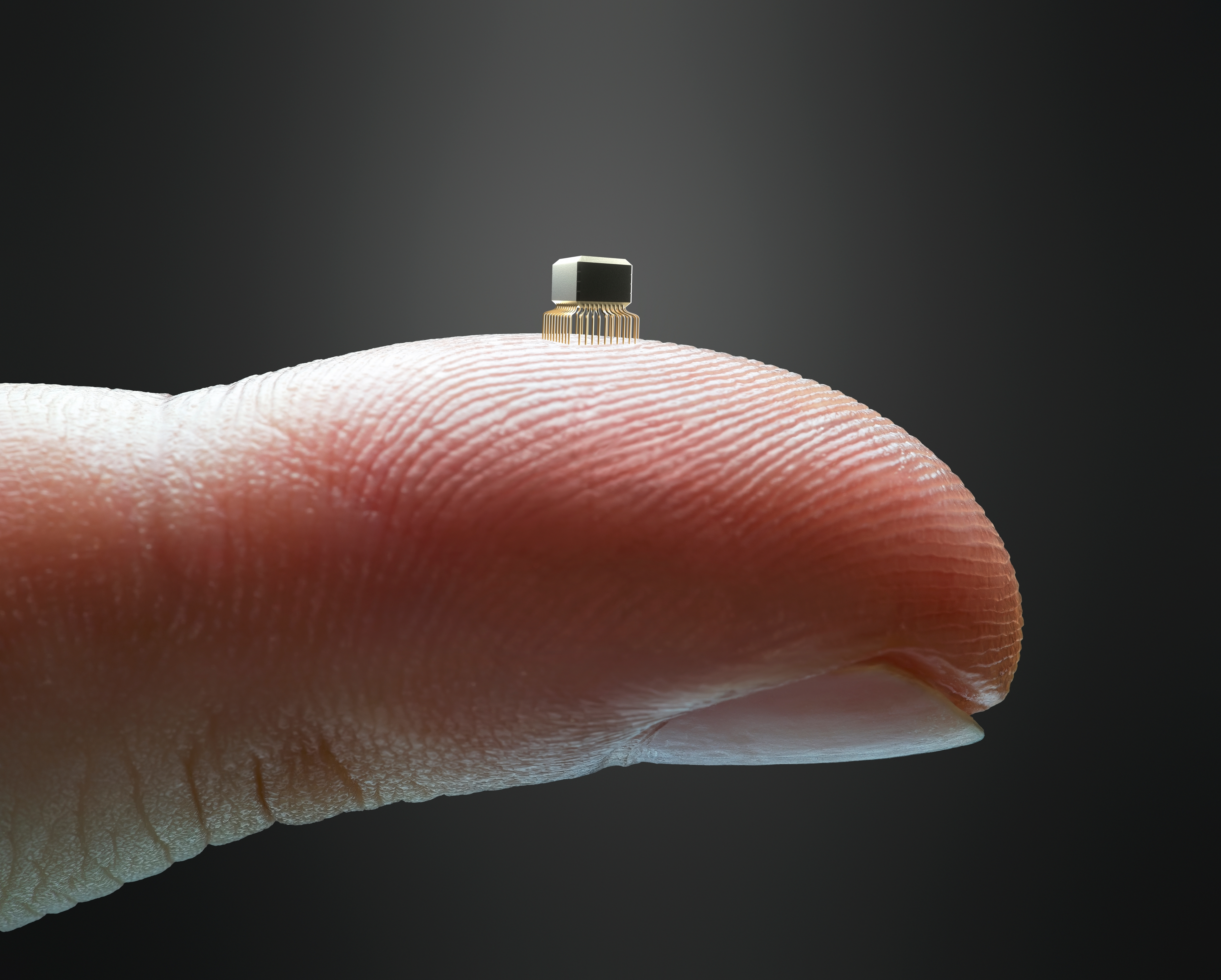
There are plenty of ways WiGL will bring targeted wireless power to places that historically hasn’t had it in mobile abundance. From first responders to law enforcement to space, the application opportunities are virtually endless.
While that is pretty exciting all by itself, it’s also pretty incredible to watch as WiGL technology finds a home with other emerging technologies.
One of the big emerging advances taking place alongside the Wireless-electric Grid LAN is nanotechnology. Nanotechnology is the innovation of solutions and devices that are smaller than 100 nanometers.
The kinds of things nanotechnology is bringing about are pretty incredible.
From delivering medications to accelerating healing, to killing malignant cells to editing individual atoms or molecules themselves, nanoparticles seek to revolutionize healthcare.
Researchers have developed nanoparticles that release insulin when glucose levels rise. The nanoparticles contain both insulin and an enzyme that dissolve in high levels of glucose. When the enzyme dissolves the insulin is released. In lab test these nanoparticles were able to control blood sugar levels for several days.
– from Understanding Nano
Scientists recently have come up with a nanodevice that detects low concentrations of cancer markers, allowing doctors to diagnose cancer in its earliest stages, long before symptoms appear.
According to the University of New South Wales:
“Developing ultrasensitive cancer marker sensors is critical because it allows for very early detection after the cancer has occurred but before any symptoms start appearing,” said Professor Gooding, from the School of Chemistry at UNSW Science. “The best way to cure cancer is to detect and diagnose it early. What this sensor can do is detect biomarkers and single molecules at much lower levels than current blood tests can, and we can get results in several minutes.”
And that’s just the tip of the iceberg with regard to cancer treatment and nanotech. A program at Northeastern University is training medical students to become cancer researchers by getting them in front of the world’s best researchers in biomedicine.
The question becomes — what makes these microscopic, molecular-level devices run?
Scientific American wrote about the various ways nanotechnology has been powered:
Options include exploiting random vibrations or motions (such as those near a roadway), temperature gradients (for example, ground temperature is fairly constant several meters below the surface), biochemistry, and external energy sources such as ultrasonic waves or even audible noises.
Even now, microtechnology has developed a single-channel neurostimulator containing a millimeter-sized wireless receiver coil. That means it can receive instantaneous, wirelessly broadcast power to do its micro-scale work, which is to stimulate neurons in the visual cortex — leading to improved vision.
One of the most promising external energy sources could be the signals emitted through the Wireless-electric Grid LAN (WiGL).
Technology, as we’ve seen in the semiconductor industry, continues to get smaller, and just as microdevices can be equipped with receiver coils, so too could nanodevices. Whether through satellite, mobile transmitters or even various “hotspots,” these devices could receive constant, targeted power to allow this technology to do its job unhindered and uninterrupted.
Nanotechnology is expected to experience stratospheric growth over the next several years, and while the possibilities continue to excite and amaze, one of the big questions is going to be how these devices will be powered. WiGL fundamentally and wholly answers that question.
Just as cell towers provide wireless data to waiting devices, power could be distributed to any size WiGL receiver — from massive construction equipment to the nanoscopic, life-saving device.
Our patented technology is available now for licensing. Contact us today.




